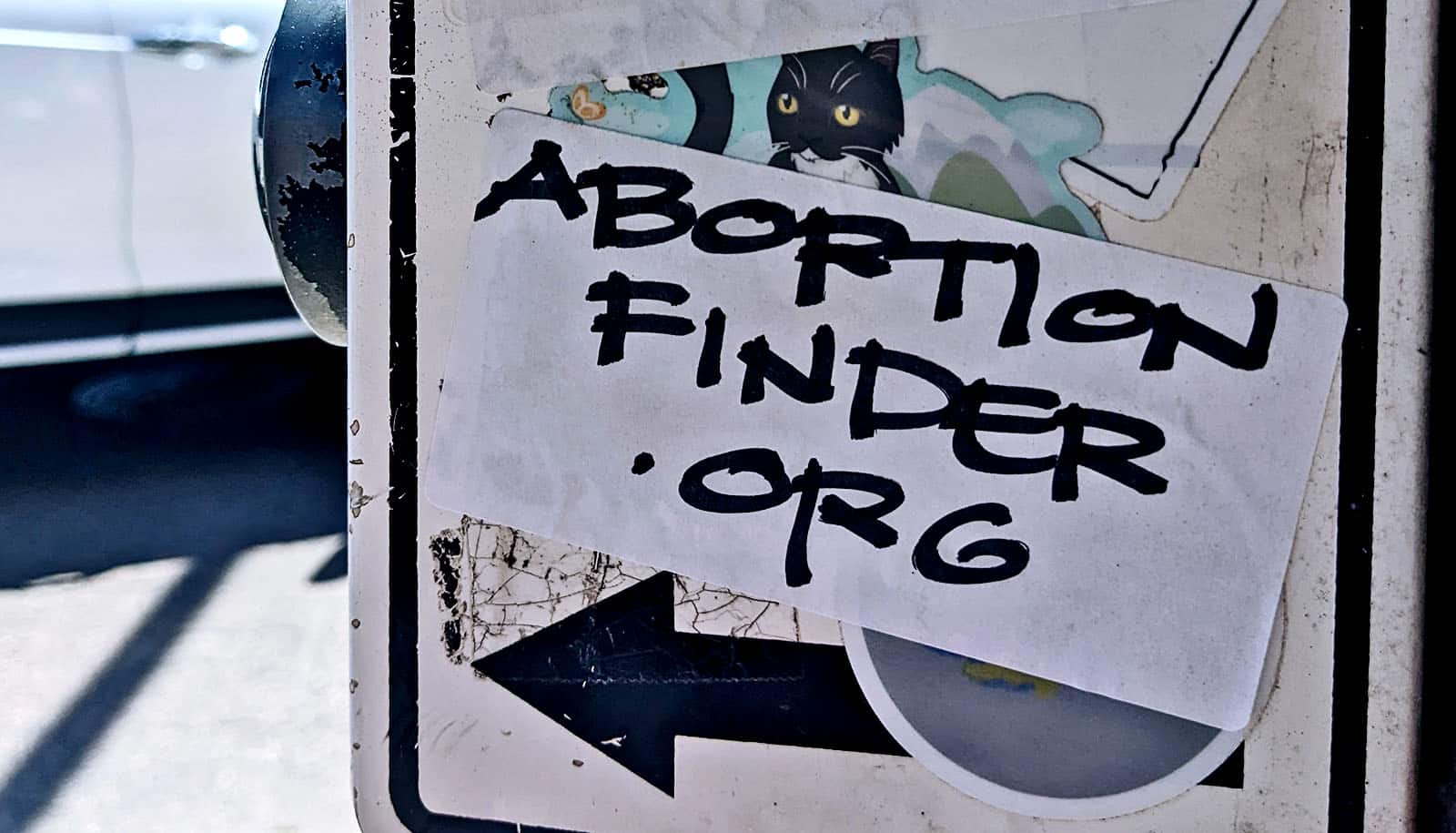TikTok videos related to endometriosis focus on people’s experiences with chronic pain and infertility, specifically in vitro fertilization, researchers report.
With over 301 million views, the videos provide a window into the real-life experiences of patients with the chronic condition, in which tissue similar to the lining of the uterus grows outside the uterus.
“TikTok is a growing space for reproductive health awareness and advocacy.”
Endometriosis is often stigmatized and underdiagnosed—patients often suffer for years before getting a diagnosis—so the social media conversations can be instructive to both patients and doctors.
“TikTok is a growing space for reproductive health awareness and advocacy,” says Jenny Wu, a resident in the department of obstetrics and gynecology at Duke University School of Medicine.
“We wanted to understand what people were saying about endometriosis, which occurs in about 10% of women during their reproductive years. We found that patients with the disease used the platform to share their diagnosis, the way their symptoms have impacted their lives, and find community.”
The researchers used a web application to download and compile information on the top 100 most-liked TikTok videos tagged #endometriosis. Of the videos analyzed, 83% of content creators were patients and 17% were health care professionals.
A majority of videos highlighted a patient’s experience with chronic pain and infertility. A quarter of videos highlighted distrust of health care and 15% highlighted a perceived delay in diagnosis. Videos discussing hormonal treatments were negative or ambiguous in tone.
“This study highlights the symptoms and stories of many of my patients,” says Arleen Song, an assistant professor in the department of obstetrics and gynecology. “We found that patients were looking for solutions outside established healthcare, and there’s a distrust of hormonal treatment. This is an opportunity for us to understand this communication gap and to improve our care of these patients.”
The study appears in BJOG: An International Journal of Obstetrics & Gynaecology. The National Institute of Child Health and Human Development of the US. National Institutes of Health funded the work.
Source: Duke University



